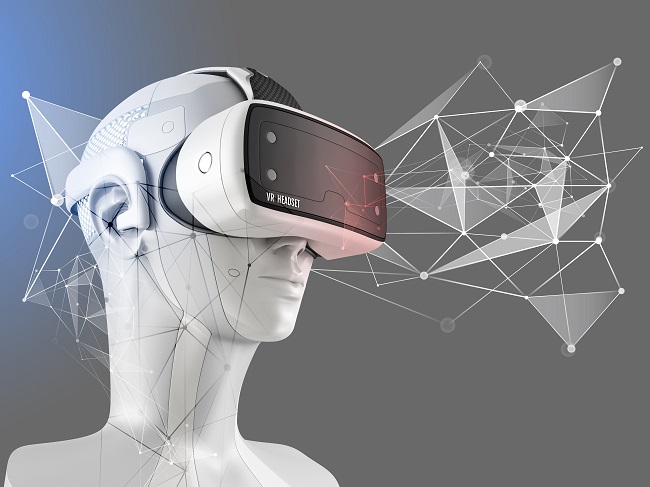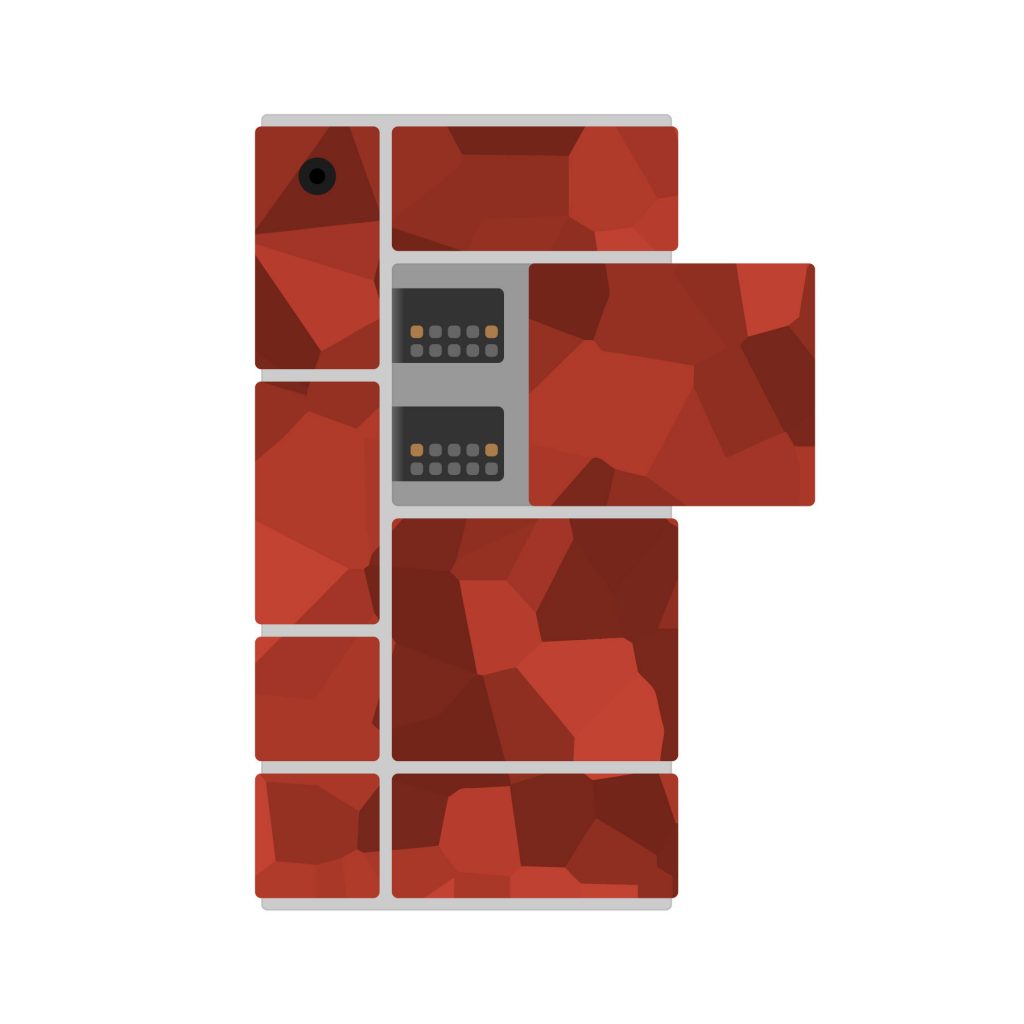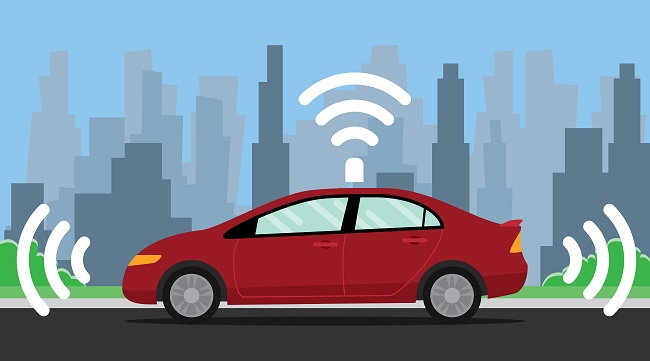
Silicon Valley innovation draws in hardware and software engineers from all areas of the world. With the ground-breaking, disruptive technology offered here, why wouldn’t engineers want to get in on the fun? The future of technology looks bright, with self-driving cars, augmented reality, and customized devices in the works.
Here’s a list of three of the most talked-about projects in the Silicon Valley.
Magic Leap’s Mixed Reality
Magic Leap, a Florida-based startup with an office in the Silicon Valley, has been referred to as the “most mysterious” startup in the Silicon Valley. While it’s not currently available to the public, Magic Leap has raised over $1.4 billion in VC funding. Magic Leap describes the experience they provide as “Mixed Reality”, as opposed to Augmented Reality or Virtual Reality. Rather than transport you to a virtual world as with Virtual Reality, Mixed Reality interacts with the environment around you. Mixed Reality combines the creative aspect of VR, such as animated characters crawling across your desk at work, with the practical usage of AR, such as weather data appearing when you look up at the sky. In theory, this mixed reality gives you the best of the AR and VR worlds, making possibilities endless.
Magic Leap’s Mixed Reality could have major implications on many aspects of life, from recreational use, to the workplace. Imagine arriving to work and sitting down at a desk with no monitors, no computer, just your headset. Once you put on the headset, you could access your monitors, phone, email, and anything else you could need without any tangible objects.
What really sets Magic Leap apart from their competitors is their use of adaptive focus. Adaptive focus uses a complex optic that allows the eye to feel like it is functioning more naturally, compared to the fixed focus that the Hololens currently offers. This shifting focus allows the user to perceive objects at depth, instead of a projection on a screen an inch from the eye. With little known about Magic Leap, it will be interesting to see whether the adaptive focus or fixed focus is the preferred view.
The little information that Magic Leap has offered up leaves us speculating. They have no reported release date, and have chosen to keep their innovations classified, for now. Journalists who have used, but not photographed, the Magic Leap device, have referred to it as a “headset”, “goggles” and “smart glasses”. The Magic Leap website hints that it could have a strong impact on the medical field, entertainment industry, and sporting events, to name a few. Keep your eyes peeled for release information. With its growing popularity, it won’t be easy to miss.
See open Silicon Valley engineering projects here

Google’s Project Ara
Google has been hard at work developing Project Ara for years now. Project Ara started in the Motorola division, and was transferred to Google’s ATAP (Advanced Technology and Projects) division when they sold Motorola. This project has overcome a rocky start, issues with funding and lacking technology. After all of these hurdles, Project Ara’s final form is finally expected to be unveiled at the end of this year.
Project Ara is a modular smartphone that allows you to completely create the phone that best serves you. Based on your particular needs, you can plug in whatever tech you want into the base frame, in a Lego-like fashion. For example, if you don’t typically take pictures on a daily basis, you can remove the camera and add more music storage. Want to add more speakers? Add additional ones easily.
The base has six slots that allow you to customize the features that better fit your lifestyle. There are endless possibilities for different features that wouldn’t normally be included on a typical smart phone. Google has teamed up with multiple trusted partners such as Samsung, Panasonic, and Toshiba to create modules for the phone. These components range from an extended battery, laser pointers, and game controller buttons to a glucose meter for those with diabetes. It’s up to you to determine what you want out of your device.
There will be two frames available for purchase at the release, a Mini version and a medium version, each one with a scaled number of slots. The mini version has two connections that can transfer data at 20 gigabits per second (That’s 5x faster than USB 3.0) while the medium version will have three. Changing out the modules is easy. The Project Ara team has developed the hardware to make it easy to hot swap, or actively switch out modules, while the phone remains on.
Ara could completely revolutionize the way we buy phones, interact with applications and allow us greater functionality from our devices. Keep an eye out towards the end of this year for a formal announcement from Google.
UPDATE: As of September 2016, Google has officially canceled Project Ara, according to a Google representative.
Click here for hardware and software contracts
Tesla’s Autopilot
Tesla released the Model S in 2014 equipped with a camera mounted at the top of the windshield, a lower mounted radar on the grill, and ultrasonic sensors on the front and rear bumpers. Tesla implemented this technology to gather data on the driving behaviors and patterns of consumers.
Two years later, those same sensors and radar features are now used for autonomous driving. Tesla released the Autopilot feature back in October 2015 via an over-the-air software update. This allows for the driver to activate autonomous driving and will help to steer, change lanes, brake and park for the driver.
Tesla’s method for gathering data has led them to have one of the best autonomous cars to date. The self-driving car is by no means perfect, and it’s still highly recommended for humans to pay attention to the road. Recently, a driver was killed when their Model S was involved in a crash while using the Autopilot feature. CEO Elon Musk took to twitter to express his condolences.
At this point, Tesla’s Autopilot system is only suited for limited access highways. The technology cannot yet accurately detect cyclists or pedestrians or obey traffic signals. According to Musk, “the car will learn over time,” via the same sensors and radar the cars are already equipped with.
Other cars that are testing Autopilot-esque features like the Mercedes-Benz S65 AMG, the BMW 750i or the Infiniti Q50S are not yet as refined in their execution of maneuvers. The Tesla is still the only one of the bunch that can make completely hands-free lane changes. However, in the wake of the fatal Autopilot crash, Tesla has severed its ties with Mobileye, the company responsible for the chips that help the car to avoid accidents. It will be interesting to see what company will fill the role left vacant in the Autopilot system.
While it’s still a work in progress, Tesla continues to make strides towards a completely autonomous car. Many automakers have committed to having completely autonomous cars on the road by 2020. Perhaps one of the reasons for Tesla’s continued success in autonomous car division is that they don’t view themselves as a car company, but as a tech company. “We really designed the Model S to be a sophisticated computer on wheels,” Elon Musk explains while discussing the Model S, “Tesla is a software company as much as it is a hardware company. A huge part of what Tesla is, is a Silicon Valley software company. We view this the same as updating your phone or laptop.”
What are some projects that you’re excited about? Write below in the comments.
Are you interested in getting in on the fun? Talk to ERG today to see if we have an exciting role that fits your background, or check out our job board here!


Leave a Reply